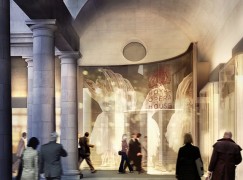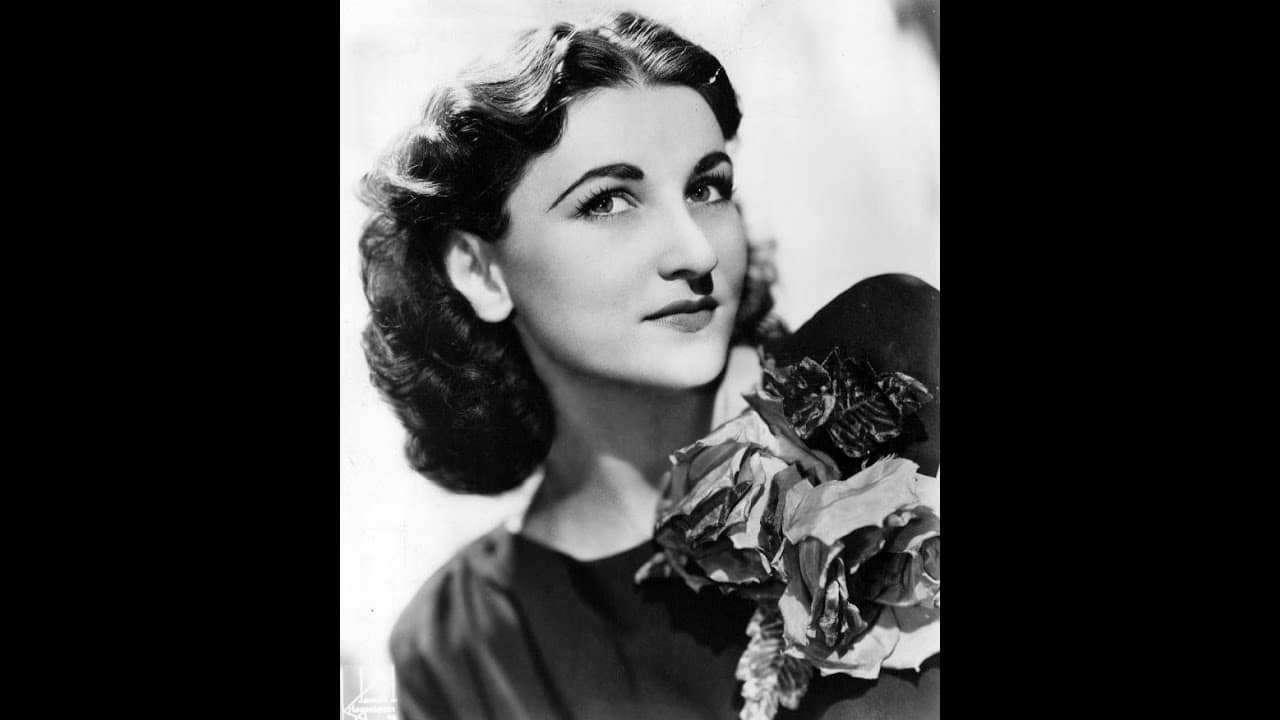Covent Garden slashes press advertising
mainIt’s part of the new online strategy:
The last year has seen big changes to the ROH’s overall marketing approach, again driven by data. This has meant a radical reduction in spend on paid-for media (press, radio, outdoor, printed brochures), where results can’t be tracked, and instead focussing virtually all investment on digital marketing, where return on investment can be closely monitored.
The new strategy leveraged previously under-utilised channels such as PPC (pay per click), retargeted display and paid social on Facebook and Instagram. The team has also launched a big change in its digital content strategy, focusing on video over the written word, and has embarked on rebuilding the website.
Lucy says: “Previously, social media was delivering great reach and PR but not converting to sales.” They are now using sophisticated analysis to track posts and put money behind content that gets a good reaction, then automatically ‘throwing good money after good’ – the opposite to what often happens in arts marketing, where spend is usually focused on difficult-to-sell inventory.
The paid Facebook activity alone is now regularly achieving over 1000% return on investment (ROI). For every pound they spend, they sell £1,000 of tickets…
Read on here.






Comments